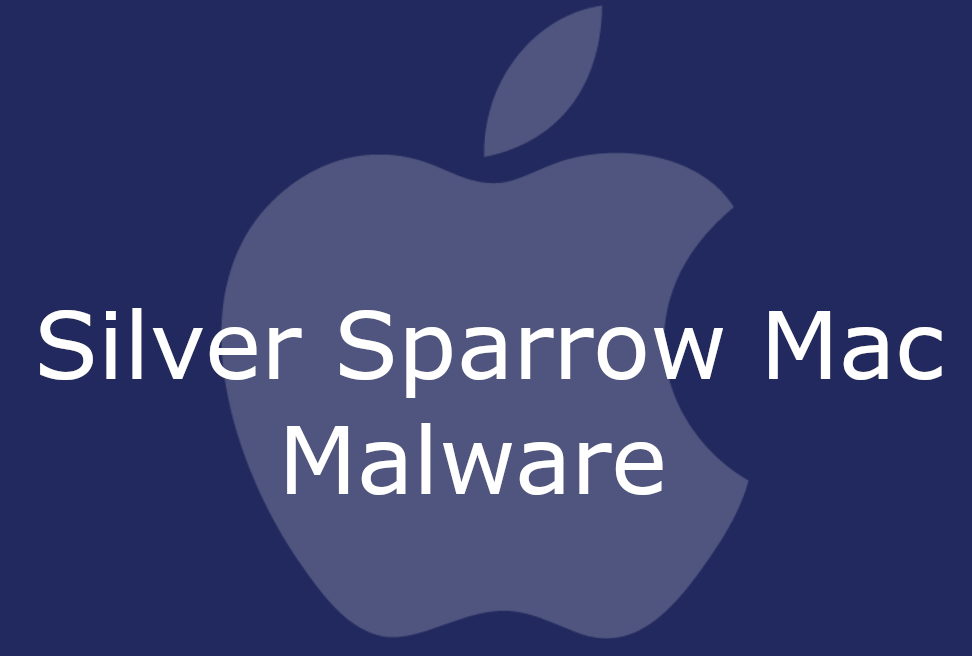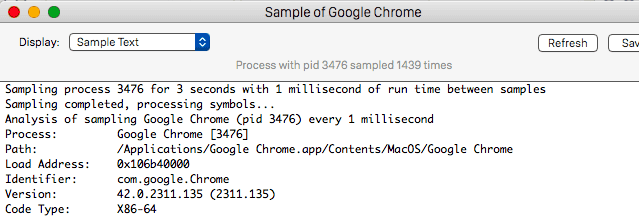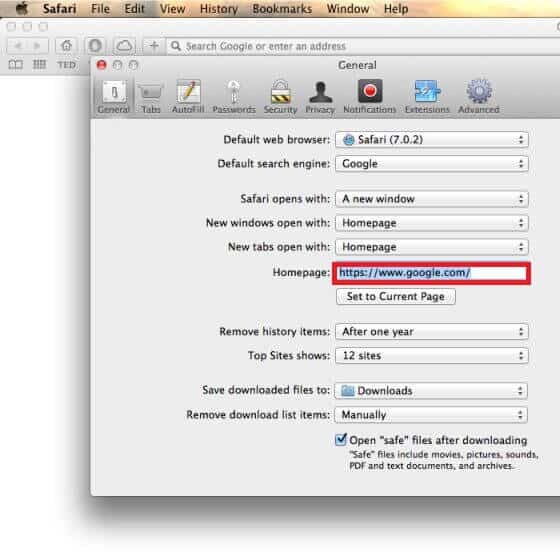The Silver Sparrow Mac Malware
Silver Sparrow is a sleeper malware that installs 1 of 2 versions on a target macOS machine: an M1-native one, or a version targeting Intel chips. As per reports, Silver Sparrow is currently dormant but is located on over 30,000 confirmed machines. It is expected to inject malicious payloads once the malware has been installed enough times. The biggest threat it poses is against macs running on M1 chips. The Silver Sparrow Malware is commonly masquerading as a legitimate unwanted application that experts describe as a browser hijacker for Safari, Chrome, and other commonly used Mac browsers. The Silver Sparrow malware is normally distributed as a useful free browser component but in reality, it operates as a page-redirecting and ad-generating tool which is users want to uninstall.

You will most probably find out that your browser is under the effects of this Browser Hijacker when you start seeing way too many “Silver Sparrow-powered” ads, pop-ups, and banners on your screen or if your online searches start to get redirected to websites which you did not have the intentions to visit. These ads and redirects are not intended to frighten you or do something bad to your Mac computer since most browser hijackers are not as harmful as you may initially think. But it’s still best to remove them, especially if they introduce some unwanted changes to your browser, its search engine, toolbars, new tab pages, and the homepage address. The reason is, for as long as apps like Silver Sparrow are present on your system, you won’t be able to have full control over your web browser and that could be a serious inconvenience and a preposition for security concerns.
In most cases, the information collected by an app like Silver Sparrow is not personal and is typically related to your latest web searches, site visits, and clicks. Still, though not personal, this data may be used to reveal more about your interests and eventually put your privacy at risk. Moreover, aside from spamming you with targeted pop-ups and page-redirect prompts, a browser hijacker like Silver Sparrow may potentially sell your browser’s traffic data to third parties for further profit. The problem with this is that the collected data can easily fall in the wrong hands and be used by all types of people from much more than targeted advertising.
What is Silver Sparrow on Mac?
Silver Sparrow is an app that installs and connects itself to your main Mac browser with the goal of displaying paid advertisements and website redirects. The uncontrolled nature of Silver Sparrow’s advertising approach may potentially be unsafe and land you on questionable web locations.
Although the app can’t be classified as a fully functional virus and is far less problematic than a Trojan Horse or a Ransomware threat, it still isn’t a good idea to keep it on your Mac because one careless click on one of its random commercials may potentially expose you to online threats.
The Silver Sparrow malware is a potentially unwanted Mac browser component that is distributed in various free application installers and program bundles. The Silver Sparrow malware doesn’t appear to be a virus, but it can still put your system at great risk if not removed on time.
The solution here is, obviously, to uninstall this intrusive application so that its ads don’t accidentally expose you to Trojans, Spyware, Rootkits, Ransomware, and other online threats. However, in order to remove this application successfully, our help may be necessary and this is the reason why we will provide you with a detailed removal guide that will assist you in manually eliminating your unwanted hacker.
SUMMARY:
| Name | Silver Sparrow |
| Type | Browser Hijacker |
| Detection Tool |
How to remove Silver Sparrow from mac
Remove the Silver Sparrow extension from Safari
Typically, browser hijackers target the browser by installing an unwanted extension in it that makes changes in the settings of the browser and allows the generation of unwanted ads and page-redirects. If you manage to remove that extension from your Safari browser, you may not have to complete the rest of the guide if the Silver Sparrow problem is gone after that.
To delete the unwanted extension, start the browser, click on Safari from the menu bar, and select Preferences and then Extensions.


On the extensions page, you must find and delete any Safari extensions that seem untrusted, unneeded, or unfamiliar. Anything that you think may potentially be linked to Silver Sparrow must be deleted. Do not worry if you delete a safe extension – you can always reinstall it at a later time.
Silver Sparrow mac removal
To continue with the Silver Sparrow mac removal after you think there are no more unwanted extensions in Safari, restart the computer, open the browser again and see if everything is fine now. If you still encounter Silver Sparrow symptoms, if you weren’t able to delete the unwanted extension, or if you didn’t find anything suspicious in the browser, yet the hijacker symptoms are still there, continue with the next steps from the guide.
![]()
Before the actual removal begins, you must first quit your browser if it is currently open. In case Silver Sparrow is preventing you from closing the browser, select the Apple menu from the top-left of your screen, go to Force Quit, and the Safari app from the window that opens.
![]()
WARNING! READ CAREFULLY BEFORE PROCEEDING!
Now you must find and quit the hijacker process or processes. To do that, select Finder, go to Applications from the sidebar to the left, and then open the Utilities folder. From that folder, open the Activity Monitor and try to find the process behind the hijacker. The hijacker process may have the same name as Silver Sparrow, but it may also be named differently in order to throw you off in your attempts to stop it. In general, you should be looking for processes with high consumption of RAM and CPU and also ones that have unusual or unfamiliar names.
How to get rid of Silver Sparrow
To get rid of Silver Sparrow once you think you have found a process that may be linked to Silver Sparrow, it’s a good idea to type its name in Google, Bing, or another reputable search engine to see what information you could find about it. In some cases, a process that looks sketchy could actually be a regular system process that shouldn’t be touched.
If your online research confirms that the suspected process is likely harmful, then go back to it in the Activity Monitor, select it, and click on the Information icon at the top. Then, on the next page, select Sample and then click on Save. Save the sample on your Desktop and then use the following free online scanner to test the file for malware.



If malware is found, you should quit the suspected process from the Activity Monitor by clicking on it and then selecting the X button in the upper left part of the Activity Monitor window.
How to delete Silver Sparrow
To delete Silver Sparrow, you must clean your Applications folder from any suspicious items that may be responsible for bringing Silver Sparrow into your Mac. Go to Finder > Applications again and look through the different items there. Usually, browser hijackers are distributed via third-party software that people download from outside the official Apple Store so if you have any such apps, especially ones that have been downloaded recently, you should consider the possibility that such an app may have infected you with Silver Sparrow.
If you suspect any particular app, drag it to the Trash to delete it and then empty the Trash.
![]()
Now you must start Safari again by performing Safe Launch. A Safe Launch will start the browser without loading any pages that were previously opened in it to load again. To perform a Safe Launch, simply press and hold down Shift when opening the browser. If Safari still loads sites and pages from your previous browsing session even when you perform a Safe Launch, disconnect from the Internet and try again. If your mac is connected to the web via an Ethernet cable, you should unplug the cable to stop your Internet connection. If you are using Wi-Fi, go to the Wi-Fi menu from the Menu Bar and click on Turn Wi-Fi off to temporarily stop the connection. You can restore the connection from the same menu.
![]()
In Safari, go back to the extensions page and check the items there one more time to see if there are any unwanted extensions in the browser. If there are, delete the ones you think shouldn’t be there.
Next, from Preferences, select the Privacy tab and use the Remove All Website Data button to clear your browser’s data (cookies, cached files, etc.).

After Privacy, open General and check the browser’s homepage – if it seems that the homepage address is one added by Silver Sparrow, change it to the address of a site that is reliable and trusted.


Finally, you must clear the browsing history so select the History menu from the menu bar and click on Clear History. Choose an appropriate time period (we recommend picking the “all history” settings) and click on Clear History to perform the command.
![]()
All browsers in the system must be cleaned so if you have Chrome, Firefox, or any other browsers installed on your Mac, make sure to check them for hijacker elements and delete any such elements you may find in them.
![]() Removing ads from Firefox for Mac:
Removing ads from Firefox for Mac:
To clean Firefox, open the browser, click on the three parallel lines icon in the upper-right, and go to Extensions. If you find anything there that may not belong in the browser and that may be linked to Silver Sparrow, delete it.

After you’ve cleaned Firefox from any potentially unwanted extensions, you must refresh the settings of the browser – more detailed instructions on how to do this can be found on this link, so we suggest you go there and follow the steps.
![]() Removing ads from Chrome for Mac:
Removing ads from Chrome for Mac:
Start the browser, select the three dots icon from the upper-right corner of the window and go to More Tools > Extensions. Like with Chrome and Safari, delete any Chrome extension that you think shouldn’t be in the browser and/or seems

Leave a Reply